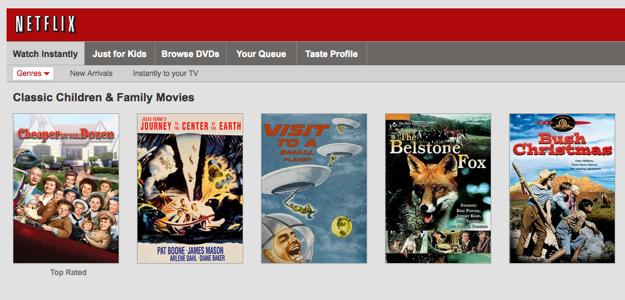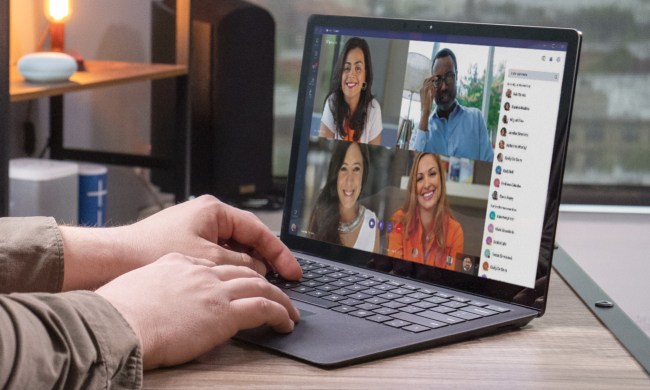 We already know that Netflix essentially became the most popular cable network in the US last month despite, you know, not actually being a cable network (or any kind of network, for that matter), but what is it about the company’s various streaming entertainments that makes it quite so popular? One analyst believes that he knows the secret, and it’s all to do with bad parenting, apparently. No, really.
We already know that Netflix essentially became the most popular cable network in the US last month despite, you know, not actually being a cable network (or any kind of network, for that matter), but what is it about the company’s various streaming entertainments that makes it quite so popular? One analyst believes that he knows the secret, and it’s all to do with bad parenting, apparently. No, really.
If Todd Juenger, an analyst with Sanford C. Bernstein (which proudly describes itself as “Wall Street’s premier sell-side research firm”), is to be believed, Netflix is “highly dependent” on streaming content aimed at children, with both kids and parents happy with an unspoken arrangement that views the service as a digital babysitter that removes concern over advertisements or parents not knowing exactly what their children are watching at any given opportunity.
Citing multiple studies that claim that parents are increasingly turning to Netflix as a distraction to keep children entertained while they go off and do something else, Juenger wrote that parents are “increasingly directing their kids to alternative viewing modes for content control, commercial avoidance and time management.” It didn’t necessarily start that way, he explained. “The moms we talked to originally subscribed to Netflix for themselves, but have recognized the dwindling supply of content for adults and are now using the service primarily for their kids,” he said, adding that “the content selection is perceived to be significantly better for kids than for adults, and the lack of commercials and ability to control the viewing choices are seen as positives.”
In what could be seen to be a benefit for Netflix in regards to its future customers, Juenger went on to note that children will “happily[ watch] on TV sets, tablets, computers, even phones, with indifference,” unlike the pickier adult demographics; is this openness of new locations and device availability a sign of what’s to come, perhaps?
The purpose of Juenger’s report wasn’t to comment on societal trends, however; he is far less interested in whether or not this constitutes bad parenting than he is whether or not this will impact business relationships – and he believes the answer to that latter question is that it does. This relatively new trend towards Netflix has what it described as “negative impact… on Disney’s and Viacom’s kids’ TV ratings,” leading Juenger to suggest that maybe both content giants become a little less willing to share their content in future. “We would expect [the companies] to follow one of two paths when re-negotiating their contracts with Netflix,” Juenger said. “They will either limit the availability of kids’ content to Netflix or try to compensate for the negative impact on ratings by increasing the price of streaming licenses.”
Perhaps fearful of any such license cost increases, Netflix rejects the notion that it is especially “dependent” on children’s content. “Children’s content is popular, but no more so than sitcoms, movies or serialized dramas,” the company said in a statement on the report. “If you ask small groups of young male subscribers how important extreme sports is, they will likely respond that it is more important than kids shows. This report is based on interviews with 16 mothers, not a broad cross section of our members.” Perhaps another study is called for…


